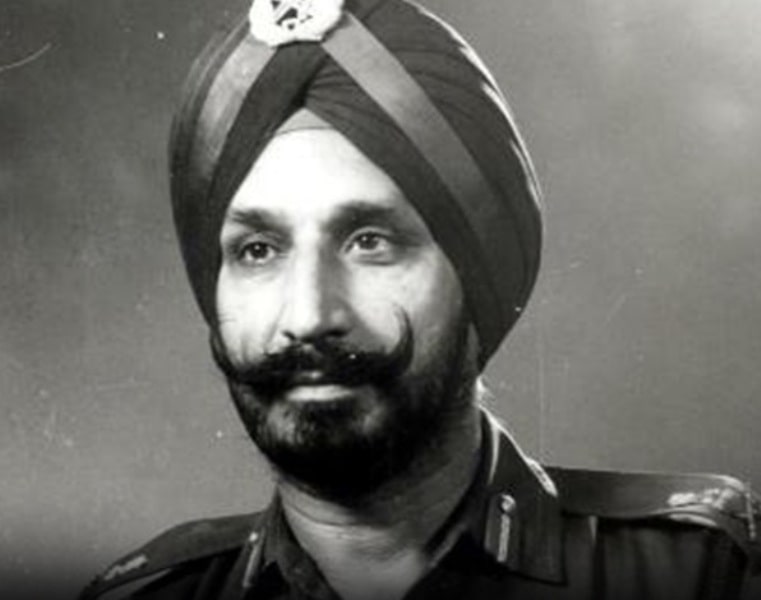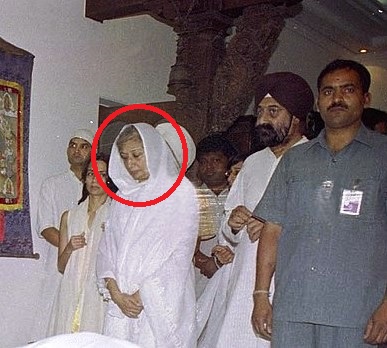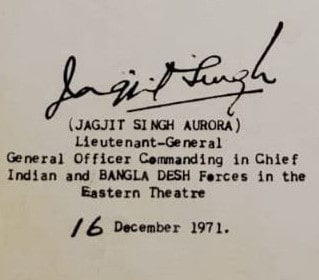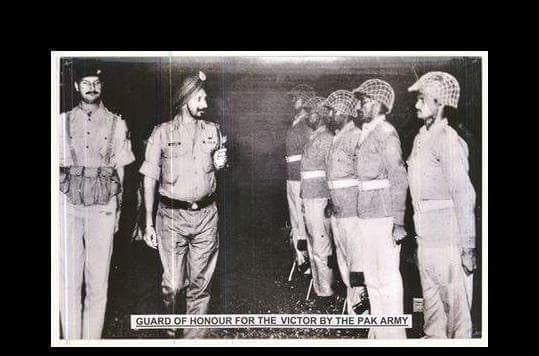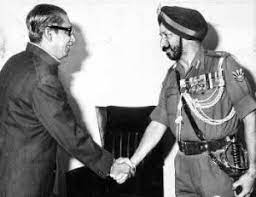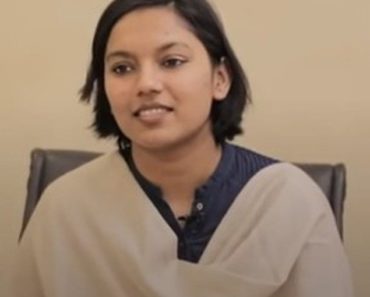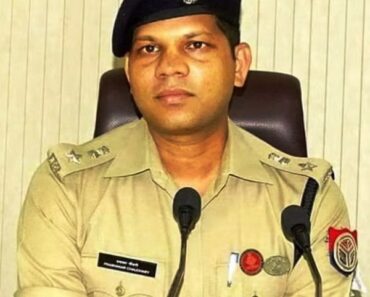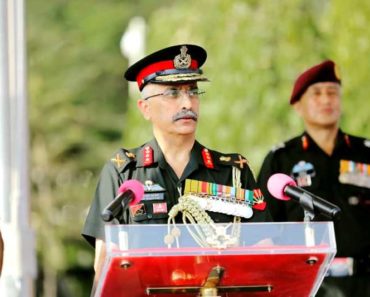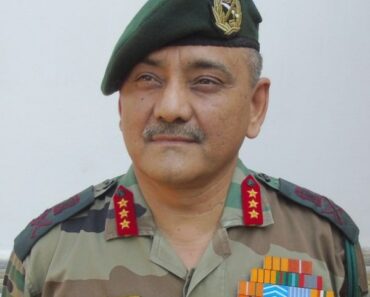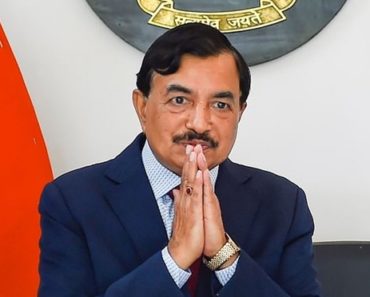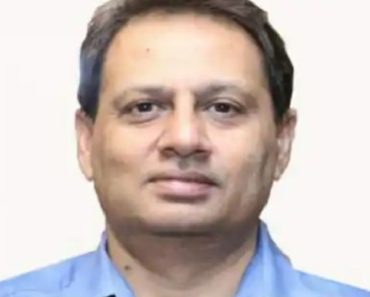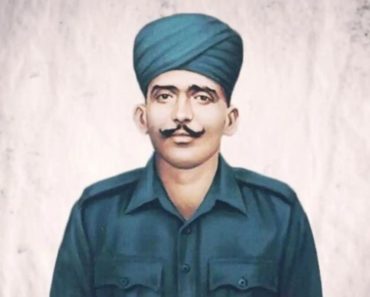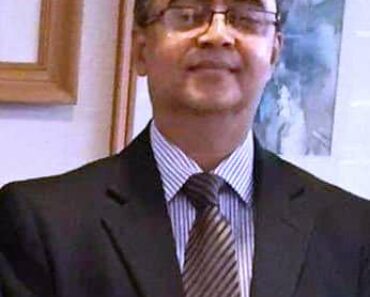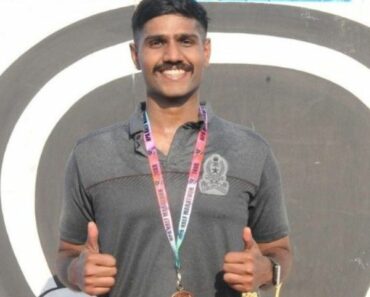Jagjit Singh Aurora (1916-2005) was a retired three-star general of the Indian Army and a politician. He is known for being the Indian Army’s Eastern Army Commander during the third Indo-Pakistan War in 1971. He died on 3 May 2005 in New Delhi due to natural causes.
Contents
Wiki/Biography
Jagjit Singh Aurora aka Jagjit Singh Arora [1]Zee News was born on Sunday, 13 February 1916 (age 89 years; at the time of death) in Kala Gujran, Jhelum district, Punjab Province, British India (now in Punjab, Pakistan). After completing his schooling at Mission High School in Rawalpindi, Aurora joined the Indian Military Academy (IMA) and got commissioned into the British Indian Army on 1 January 1939. [2]The Tribune
Physical Appearance
Height (approx.): 6′
Hair Colour: Grey
Eye Colour: Dark Brown
Family
Jagjit Singh Aurora belonged to a Sikh family from Punjab. [3]India Times
Parents & Siblings
His father, Dewan Singh, was an engineer. His sister, Sampooran Jeet, was a teacher.
Wife & Children
His wife, Bhagwant Kaur Aurora, died in 1997.
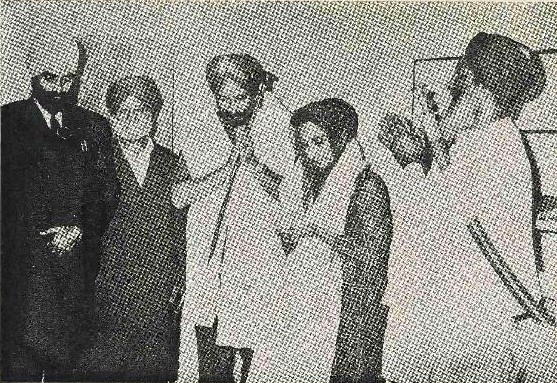
Lt Gen Jagjit Singh Aurora (third from the left) and his wife receiving “Saropa” from the Patna Sahib Committee
The couple is survived by a son and a daughter. His daughter’s name is Anita Kalra. His son, Kiranjit Singh Rana, is a US-based publisher. [4]The Hindu’s photograph of Kiranjit Singh Rana
Religion
Jagjit Singh Aurora followed Sikhism.
Address
He resided at 529(A), Hargobindpura Basti, Sangrur, Punjab, India.
Signature/Autograph
Career
British Indian Army
Jagjit Singh Aurora’s career as a Second Lieutenant in the British Indian Army began on 1 January 1939 after he was commissioned into the 1st battalion of the 2nd Punjab Regiment after which he served with his regiment in Burma (now Myanmar) and fought alongside the British Commonwealth Forces against the Imperial Japanese forces during the Second World War. On 30 January 1940, Aurora was promoted to the rank of Lieutenant. On 22 February 1940, he was promoted to the rank of Captain (acting). On 1 February 1942, he became a Major (acting ) in the British Indian Army. On 5 February 1941, Aurora was made a Captain (temporary). On 1 May 1942, he assumed the rank of a war-substantive Captain in the British Indian Army and a Major (temporary). On 30 January 1946, after the end of the second world war, Aurora became a substantive Captain in the British Indian Army.
Note: War substantive, acting, and temporary ranks were given to officers during the second world war due to the shortage of officers in the British Indian Army.
Indian Army
After India achieved its independence from Britain on 15 August 1947, Jagjit Singh Aurora decided to join the Indian Army after the British Indian Army was divided into the Indian Army and Pakistan Army. On 26 January 1950, after India became a republic after adopting its constitution, the Indian government changed the British-era rank insignia of the Indian Armed Forces following which Aurora was re-commissioned into the Indian Army’s 2nd Battalion of Punjab Regiment.
1947-48 Indo-Pakistan War
After achieving Independence, India and Pakistan fought their first war over the erstwhile state of Jammu and Kashmir after Pakistan sent its forces to invade it. During the war, Aurora, who was commanding his unit, saw action against the invading tribal Lashkars and the Pakistani forces in Kashmir.
After 1947 war
On 26 February 1950, Jagjit Singh Aurora became a Major (temporary), and on 30 January 1951, he became a substantive Major. On 13 January 1952, he was promoted and made Lieutenant Colonel. On 28 November 1959, he became a Brigadier (acting), and he commanded an infantry brigade. On 1 August 1958, he became a Colonel in the Indian Army. In 1961, he was posted to the 33 Corps of the Indian Army as Brigadier General Staff (BGS). As BGS of 33 Corps, Jagjit Singh Aurora led a team of officers and Non-Commissioned Officers (NCOs) to establish the Indian Military Training Team (IMTRAT) to cultivate closer military ties with Bhutan.
1962 Sino-Indian War
During the 1962 Sino-Indian war, Jagjit Singh Aurora was posted in the North-East Frontier Agency (NEFA), where he commanded an infantry brigade. The war began on 20 October 1962 and ended on 21 November 1962.
Career after the 1962 War
Jagjit Singh Aurora was promoted and made a Major General (acting) in the Indian Army and was posted as a Division Commander of an infantry division on 21 February 1963. On 20 June 1964, he became a substantive Major General and was appointed as Director General of Military Training (DMT) on 23 November 1964.
1965 Indo-Pakistan War
As a Major General, Jagjit Singh Aurora took part in the 1965 Indo-Pakistan War. After the end of the Indo-Pakistan War of 1965, Jagjit Singh Aurora received a promotion, and he became a Lieutenant General (acting) on 6 June 1966 following which he was appointed as the Deputy Chief of the Army Staff (DCOAS). He became a substantive Lieutenant General on 4 August 1966.
Nathu La incident
Jagjit Singh Aurora was once again posted to North-East Frontier Agency (NEFA) in 1967. There, he commanded a Corps of the Indian Army during the 1967 clashes with the Chinese People’s Liberation Army (PLA) at Nathu La and Cho La, where the Indian Army forced the Chinese troops to retreat from their positions.
Serving as General Officer Commanding-in-Chief (GOC-in-C) during the 1971 war
On 8 June 1969, Jagjit Singh Aurora was appointed as the GOC-in-C of the Eastern Command of the Indian Army. Soon after his appointment, he was asked to begin preparations for the war that began on 3 December 1971. As the Corps Commander, Aurora made sure that 30,000 tons of supplies reached the eastern front without any obstructions. In an article written by Lt Gen Aurora for Rediff, he said,
As far as I remember, we started deploying our forces in large numbers from June 1971. We started moving our military administrative staff too because our depots were not well equipped to fight Pakistani troops on the eastern border. Whatever depots we had were set up during World War II. We also deployed more troops on the Assam and Tripura borders. Because we did not want to be caught with our trousers down if we were attacked on that front by Pakistani forces.”
As GOC, he oversaw the training and arming of the Mukti Bahinis, a Bangladeshi guerilla force fighting against the Pakistan Army in East Pakistan (now Bangladesh). The war began on the evening of 3 December 1971 at around 5.40 PM when the Pakistani Air Force bombed Indian airfields. During the war, he devised strategies following which the Indian Army launched an attack on the Pakistani troops from four different fronts in East Pakistan. His plans were aimed at quickly defeating the Pakistani forces by attacking them at some locations while bypassing them at others, which resulted in the unconditional surrender of the Pakistani Armed Forces in East Pakistan in 13 days. On 16 December 1971, Lieutenant General Amir Abdullah Khan Niazi, the Unified Commander of Pakistan Armed Forces’ Eastern Military High Command, signed an instrument of surrender at Ramna Race Course in Dhaka at 16.31 IST.
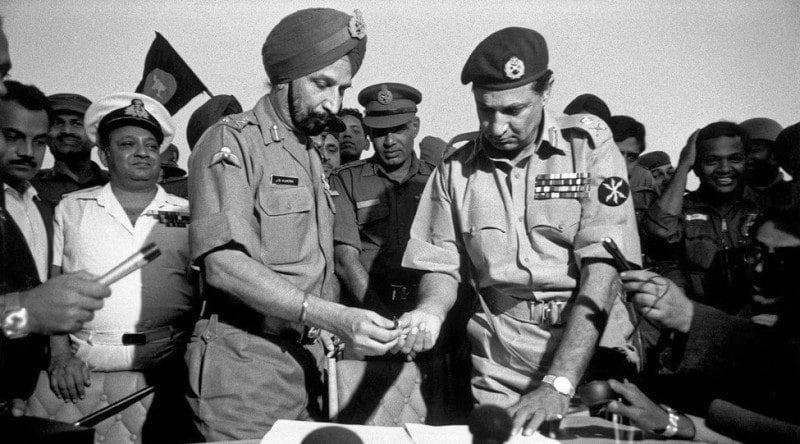
Lt Gen Jagjit Singh Aurora with Lt General AAK Niazi during the signing of the instrument of surrender at Dhaka
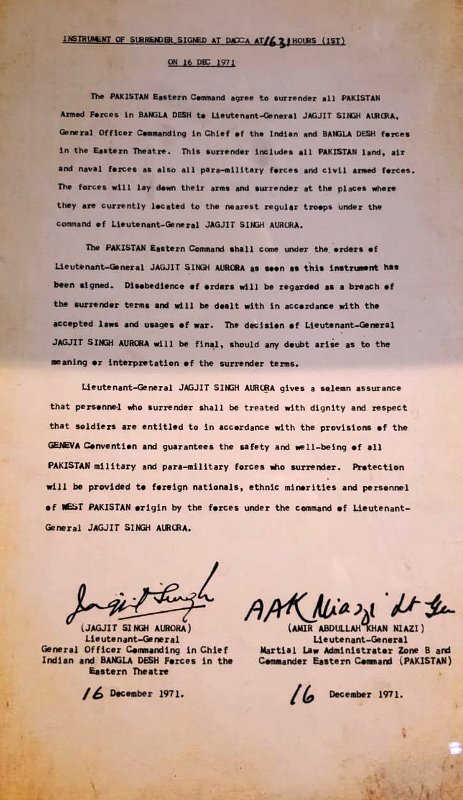
A photo of the instrument of surrender signed by Lt General Jagjit Singh Aurora and Lt General AAK Niazi
The surrender in East Pakistan resulted in more than 93,000 Pakistani soldiers being captured by the Indian Army, which became the largest surrender ever since the end of the second world war. [5]The Print
After the surrender, East Pakistan attained freedom from West Pakistan (now Pakistan) and was renamed Bangladesh.
Career after the 1971 war
Lt Gen Jagjit Singh Aurora continued to serve as the General Officer Commanding-in-Chief of the Eastern Command till his retirement from the Indian Army in 1973.
Politics
After retiring from the Indian Army, Lieutenant General Jagjit Singh Aurora joined the Akali Dal and was a Member of the Parliament from Rajya Sabha from 1986 to 1992.
Awards, Honours, Achievements
- After the end of the 1971 war, Lt Gen Jagjit Singh Aurora was awarded Param Vishisht Seva Medal (PVSM) by the President of India.
- In 1972, the Indian government awarded Lt Gen Jagjit Singh Aurora with India’s third-highest civilian award the Padma Bhushan.
- Lt General Jagjit Singh Aurora was awarded Bir Protik, Bangladesh’s fourth-highest gallantry award.
- The Government of Punjab conferred Punjab Rattan Award on Lt General Jagjit Singh Aurora after his death.
Death
Jagjit Singh Aurora died on 3 May 2005 in New Delhi at the age of 89. He died due to age-related causes. After his death, Morshed Khan, the then-Bangladeshi Foreign Minister, said,
Aurora will be remembered in the history of Bangladesh for his contribution during our war of liberation in 1971, when he led the allied forces.”
He was cremated at Brar Square in New Delhi with full military honours. [6]The Times of India
Facts/Trivia
- In his book, Surrender at Dacca: Birth of a Nation, Lt Gen JFR Jacob wrote that during the 1971 war, Jagjit Singh Aurora frequently visited the troops fighting the war on the frontlines but was unable to get along well with the field commanders of the Indian Army. He wrote,
During the 1971 operations, Aurora undertook frequent visits to the forward areas but failed to win the confidence of most of the field commanders there. His relations with most of them were like oil and water and he did not build up his subordinate commanders in spite of their successes in battle.”
- After the Indian Army attacked the Golden Temple at Amritsar, in 1984, Lt General Jagjit Singh Aurora raised his voice against Indira Gandhi’s decision and criticised her. Talking about it, he said,
I don’t see a very comfortable period in the coming months in the Punjab. She is a very capable person, and she has great staying power. But she has no warmth. She can be a vicious, cold, calculating person.”
- Lt General Jagjit Singh Aurora often voiced his opinion in favour of a better relationship between India and Pakistan.
- According to Lt Gen JFR Jacob, Lt General Jagjit Singh Aurora used to come to the office as the Eastern Army Commander at around 10 AM, whereas, the office timings were from 7.30 AM to 1.30 PM.
- After the 1984 anti-Sikh riots, Lt General Jagjit Singh joined the Citizen’s Justice Committee and founded the Sikh Forum, aimed at providing justice to the victims of the riots.
- In 1984, Lt General Jagjit Singh Aurora published a book titled The Punjab Story, which was based on Operation Bluestar undertaken by the Indian Army.
- Jagjit Singh Aurora was passionate about golf.
- After Lt General Jagjit Singh Aurora died, Field Marshal Sam Manekshaw paid homage to him and gave him the credit for the victory of the Indian forces over Pakistan in the 1971 war. Talking about it, Sam Manekshaw said,
Jaggi did the work while I got the baton of the Field Marshal.”
- Following his death in 2005, Lt General Jagjit Singh Aurora’s uniform and medals were handed over to the Indian Army.
References

